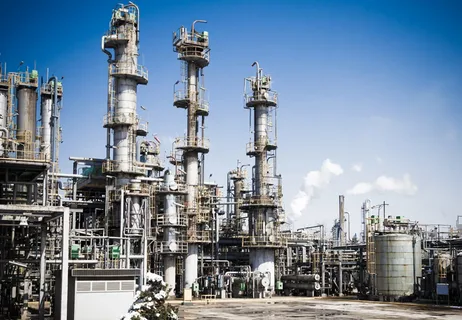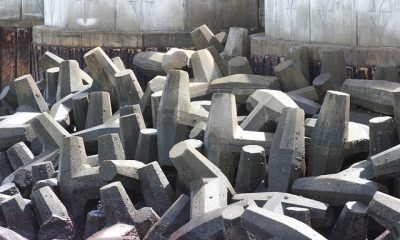Tipes
Gas Solutions for Success: Optimising Processes With Inerting, Purging, and Blanketing

In various industries, ensuring a safe working environment is of utmost importance. This is particularly critical in industries where hazardous materials are involved. One key aspect of maintaining safety is the effective management of gases. Gases can pose significant risks, such as fire and explosions, if not handled properly. In order to mitigate these risks and optimise processes, industries rely on gas solutions like inerting, nitrogen purging, and blanketing. These techniques play a vital role in maintaining a safe working environment, prolonging the shelf life of products, and enhancing overall operational efficiency. So, this blog will delve deeper into these processes and explore their applications and benefits in various industries.
Understanding Inerting, Its Benefits and Applications
Inerting is the process of replacing or diluting the oxygen content in a confined space with an inert gas, such as nitrogen or argon. By doing so, the risk of fire or explosion is significantly reduced. Inerting is commonly used in industries such as oil and gas, chemical manufacturing, and pharmaceuticals. It can be achieved through various methods, including displacement, pressure, and dilution.
Inerting offers several advantages for process optimisation and safety. Firstly, by eliminating or reducing the oxygen concentration, the likelihood of a fire or explosion occurring is greatly minimised. This is especially crucial in environments where flammable or reactive substances are present. Additionally, inerting can extend the shelf life of certain products, prevent oxidation, and maintain product quality. It also enables safer maintenance procedures, as inert atmospheres prevent the formation of explosive mixtures during equipment servicing.
Understanding Purging, Its Benefits and Applications
Nitrogen purging is a process used to remove contaminants or hazardous gases from a system or vessel. It involves introducing the inert gas, nitrogen, to displace the undesired substance. This method is commonly employed in food processing, brewing, and electronics manufacturing industries. It ensures that the system is free from potentially harmful residues or substances.
This method is used in optimising processes and ensuring safety in various industries. In the food and beverage sector, it removes oxygen from packaging materials, thereby prolonging the shelf life of perishable products. In the electronics industry, it removes moisture and other impurities from sensitive electronic components, preventing damage. Additionally, it is crucial in the pharmaceutical industry to eliminate any residual solvents or contaminants that could compromise product integrity.
Understanding Blanketing, Its Benefits and Applications
Blanketing involves the introduction of inert gas into the headspace of a storage tank or vessel to prevent the entry of air or moisture. This technique creates a protective barrier that safeguards the contents of the tank. Blanketing is commonly used in industries such as oil and gas, chemical storage, and food processing. Nitrogen is often the preferred inert gas due to its non-reactive nature.
Blanketing offers numerous advantages in optimising processes and ensuring product quality. By eliminating the presence of oxygen or moisture, blanketing prevents oxidation and the growth of microorganisms, thus extending the shelf life of stored products. It also minimises the risk of corrosion in tanks and vessels, ensuring the integrity of the equipment and the quality of the stored materials. Moreover, blanketing reduces the need for preservatives or other chemical additives, promoting cleaner and more sustainable production practices.
Conclusion
Inerting, nitrogen purging, and blanketing are indispensable in industries where safety and process optimisation are paramount. By understanding and implementing these gas solutions, companies can enhance workplace safety, minimise the risk of fire or explosion, extend the shelf life of products, and improve overall operational efficiency. Prioritising gas management is essential for success in any industry that deals with hazardous materials or sensitive processes.





















































